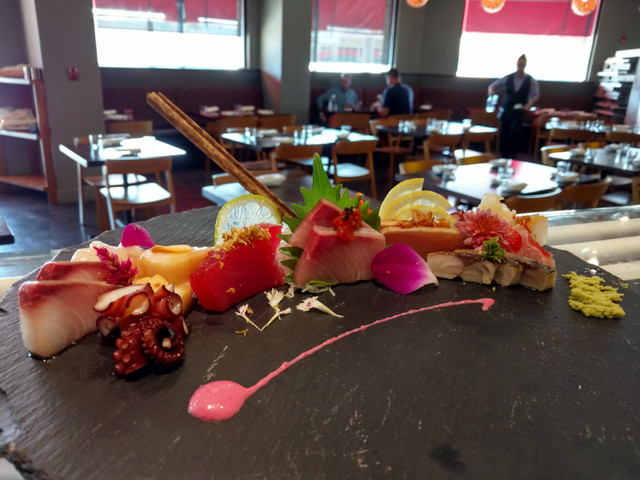nightslayer
Active Member
- Joined
- Aug 15, 2017
- Messages
- 35
- Reaction score
- 5
So today I was slicing some Mekajiki (swordfish) and got to thinking about sashimi thickness and how it affects the taste of the particular fish; I don't recall ever having seen a discussion of any detail on the topic. Ive only ever seen mekajiki in 1/4" inch or thicker slices, but I did them pretty thin (1/8" or so) and got a good deal of taste and way more than enough bite from the firm fish.
I have no clue what principles guide the art of matching slice thickness to different types of fish, and while I understand sushi chefs work and dedicate their entire lives to finding out, perhaps the Japanese knife fans of this forum might have some suggestions/appreciate such a discussion at a more superficial level?
I have no clue what principles guide the art of matching slice thickness to different types of fish, and while I understand sushi chefs work and dedicate their entire lives to finding out, perhaps the Japanese knife fans of this forum might have some suggestions/appreciate such a discussion at a more superficial level?





